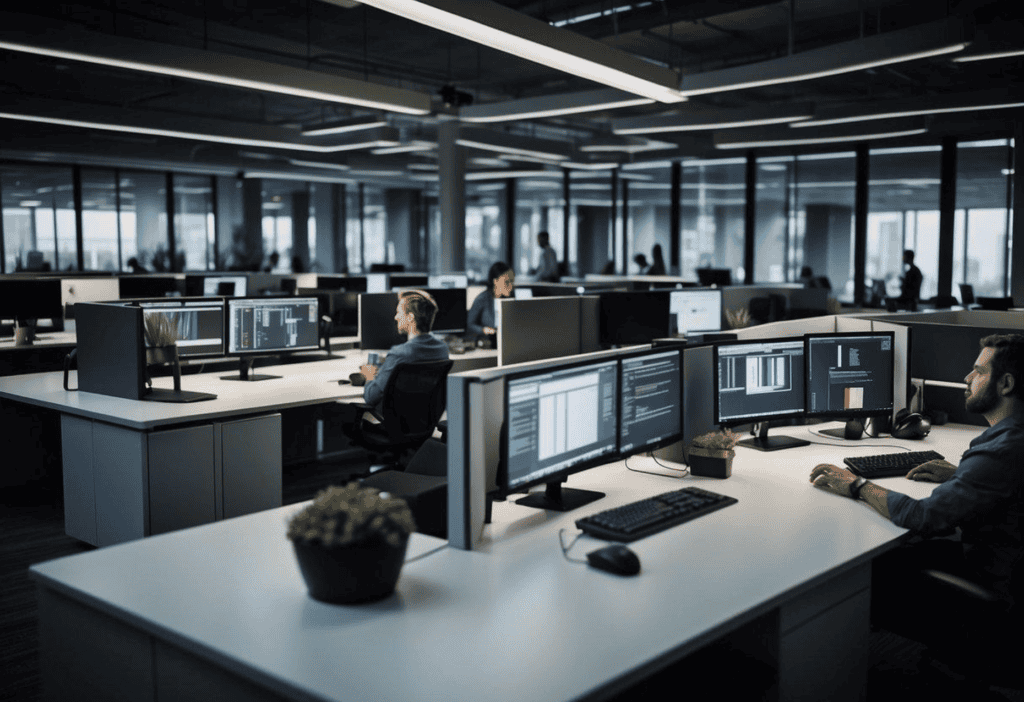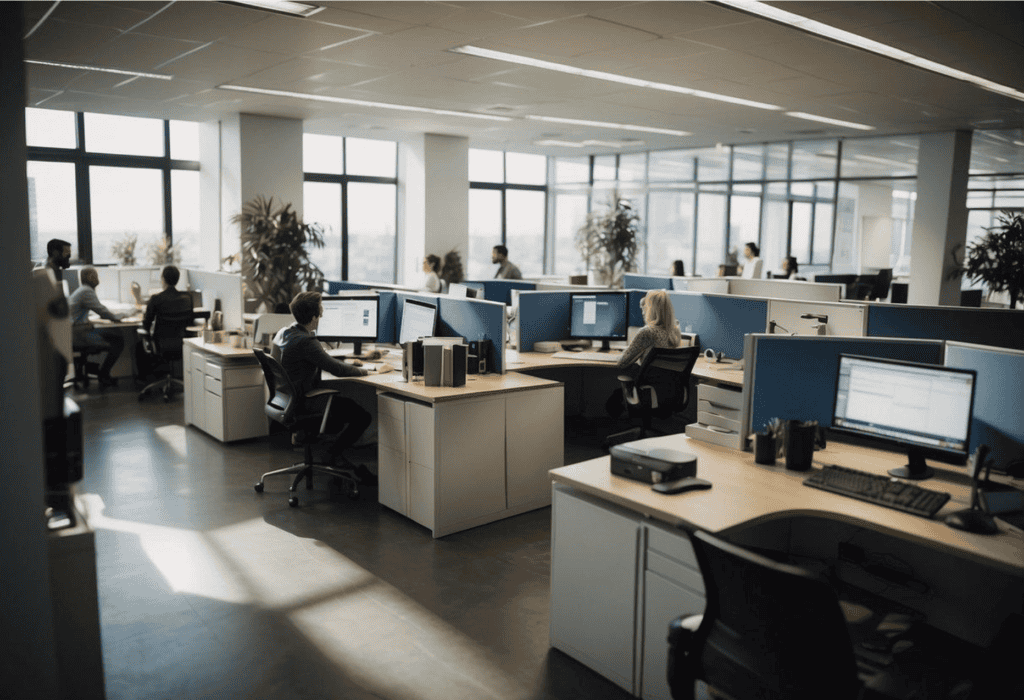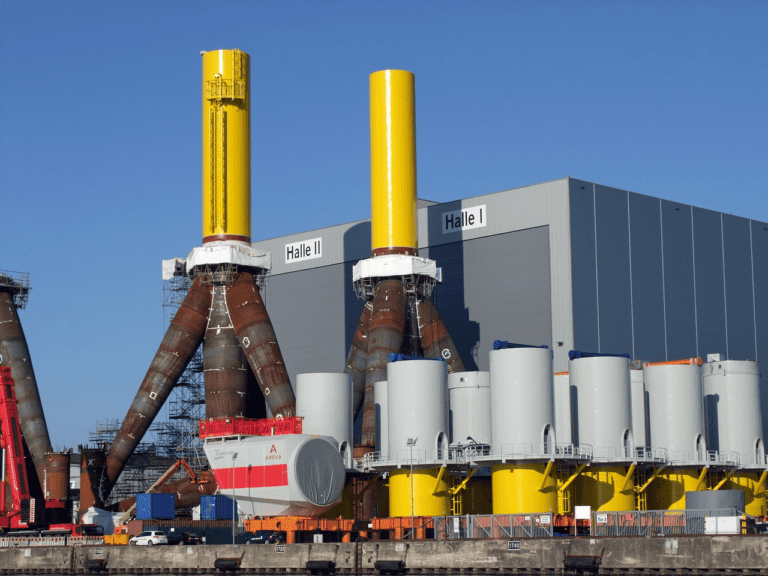Impact of Office Move on Company Culture: Key Considerations for a Seamless Transition
When a company decides to move offices, it is not just a change of location but also a pivotal moment for its work culture to coordinate with local movers. The physical environment where employees interact plays a vital role in shaping the dynamics of communication, collaboration, and overall morale. The design and layout of a new office can profoundly influence how employees feel about their work, each other, and the organization as a whole. Open spaces might foster a more collaborative atmosphere, while separate rooms might enhance concentration and privacy.
Company culture is the collective expression of the values, traditions, and behaviors that characterize an organization. An office move can act as a catalyst for cultural change, intentionally or unintentionally altering these patterns. For instance, the proximity of workspaces can facilitate the formation of closer relationships among colleagues or it can cause distractions, affecting productivity. At the same time, the new environment can offer a reset opportunity for reinforcing or redefining a company’s cultural identity.
As companies navigate the complexities of an office move, the impact on employees must be a primary consideration. A shift in physical space requires adjustment and can provoke a range of responses from excitement to resistance. Employees’ connection to the place they work—and by extension, to the company itself—can significantly influence their sense of belonging, their engagement, and their performance. Consequently, organizations must approach an office move with meticulous planning, clear communication, and a strategy to blend the logistics of the move with the nuances of their work culture.

Effects of Office Relocation on Employee Dynamics
Office relocation can profoundly alter the way employees communicate, collaborate, and maintain work-life balance, which in turn impacts their overall morale and engagement. Changes in the physical environment necessitate adjustments in work habits and interaction patterns.
Communication and Collaboration
The layout and design of a new workspace significantly affect how employees communicate and collaborate. An open-plan office may encourage spontaneous conversations and idea-sharing, while private areas allow for focused, uninterrupted work. Companies must ensure that the new space supports a mix of both to sustain productivity and in-person interactions.
- Open spaces: Foster informal communication and team bonding
- Private areas: Support concentrated tasks and confidential discussions
Work-Life Balance and Flexibility
A change in location can disrupt employees’ work-life balance if it results in longer commutes or less access to amenities. Companies that prioritize flexibility, such as remote work options or flexible hours, can mitigate these challenges.
- Commute adjustments: Can affect employee satisfaction and daily routines
- Remote work policies: Offer a buffer to maintain work-life balance
Employee Morale and Engagement
Employee morale and engagement are directly linked to their workplace environment. An office move can be viewed as a fresh start, an upgrade in facilities, or a reflection of company growth, which can boost morale. Conversely, the stress of change and adaptation can have a temporary negative impact.
- Facility upgrades: Can improve enthusiasm and a sense of company progress
- Change management: Effective communication can reduce stress and maintain engagement
By thoughtfully planning an office relocation, companies can maintain or even enhance their workplace culture, ensuring employee dynamics continue to thrive.

Maintaining Culture and Unity Amidst Change
An office move presents a critical opportunity for a company to reaffirm its commitment to its culture and unity. Leadership actions and adaptations of organizational values are vital to this process.
Leadership Influence and Unity
Leaders are pivotal in setting the tone for unity and culture within an organization, particularly during times of change such as an office move. They must consistently communicate the company’s mission and values, and demonstrate them through action. Leaders should:
- Act as role models, embodying the organization’s values.
- Encourage open dialogue, letting employees express concerns and suggestions.
- Recognize and celebrate successes that reflect and reinforce the company culture.
This behavior fosters a sense of shared purpose and maintains the fabric of unity even in the face of logistical changes.
Adapting Organizational Values and Practices
An office move is an ideal time for organizations to re-evaluate and potentially refresh their values and practices to stay aligned with the company’s mission statement. This adaptation could involve:
- Revisiting and communicating the mission statement to ensure it is still in alignment with the company’s direction and goals.
- Assessing traditions to determine if they still serve the company culture or if new traditions should be established in the new location.
- Updating company values, if necessary, to reflect changes in structure or strategy that may come with the new office environment.
By thoughtfully adapting values and practices, the organization upholds its culture and demonstrates its resilience, ensuring that employees remain united under a common identity and mission.

Adapting to Hybrid and Remote Work Structures
With the shift to hybrid and remote work, companies face the dual challenge of maintaining culture while evolving policies and leveraging technology effectively. This adaptation is crucial to support a workforce that is not bound by a single location.
Policy and Environment Adaptation
Policies need to be updated to reflect the new realities of a hybrid workforce. This involves establishing clear guidelines on work hours, communication protocols, and expectations for in-person attendance. It’s essential that these policies also address the unique needs of remote workers to foster an inclusive environment.
- Work Hours: Companies must define the working hours that accommodate different time zones and flexible schedules.
- Communication Protocols: Consistent methods for team interaction, be it through video conferencing or messaging platforms, should be highlighted in the policy.
The environment for hybrid workers also needs adaptation. Employers should equip remote workers with the necessary equipment to create an effective home office setup, which can range from ergonomic furniture to the requisite technology.
- Home Office Setup: Funds or stipends for home office equipment can ensure equality in the working environment for all employees.
- Inclusivity Measures: Regular check-ins and virtual team-building activities can integrate remote workers with on-site teams.
Technology and Project Management
Technology serves as the backbone of remote and hybrid work structures. Companies must invest in reliable and secure project management tools to keep team members, irrespective of their location, on the same page. Common tools include Asana, Trello, and Slack.
- Security: Strong cybersecurity measures are critical to protect sensitive information across distributed networks.
- Accessibility: Tools should be accessible and user-friendly to encourage adoption and regular use by all employees.
Project Management tools must promote transparency and accountability, with features that allow progress tracking and collaboration in real time.
- Progress Tracking: Systems that provide visual representations of project timelines help teams stay aligned with their objectives.
- Collaboration Features: Real-time editing, file sharing, and communication channels within project management software can enhance teamwork.

Measuring the Long-Term Impact
An office move can significantly affect company culture, which in turn influences key performance outcomes related to employee engagement and organizational evolution. Tracking these changes requires a careful analysis of metrics surrounding retention, recruitment, and the potency of innovation within the company.
Employee Retention and Recruitment
An organization’s capacity to maintain a stable workforce and attract new talent is foundational to evaluating the long-term impact of a shift in work environment. Post-relocation, monitoring employee retention rates provides insight into the cultural shift’s resonance with the staff. A table illustrating retention rates before and after the move can make trends readily apparent:
| Year | Retention Rate Before Move | Retention Rate After Move |
|---|---|---|
| Year 1 | 90% | 85% |
| Year 2 | 88% | 82% |
| Year 3 | 87% | 80% |
In conjunction with retention, the quality and quantity of new applicants signal the organization’s market position. Recruitment campaigns should be analyzed for the following:
- Number of applicants per vacancy, indicating the company’s attractiveness.
- Quality of hire, assessing the match of a new employee’s values with the company culture.
- Time-to-hire, reflecting the efficiency of the recruitment process under the new cultural climate.
Organizational Growth and Innovation
The impact on organizational growth is a critical barometer for success post-office move. One must chart key performance indicators (KPIs) linked to revenue, market share, and expansion activities. An upward trajectory in these areas can indicate a positive cultural adaptation that fosters a fertile ground for innovation.
For innovation metrics, companies should focus on:
- Number of new products or services launched as a direct result of improved collaborative efforts.
- Employee-led initiatives and patents, underscoring the inventive spirit incentivized by the renewed culture.
- R&D investment, both in terms of monetary resources and personnel dedication, which is often a direct reflection of a culture valuing forward-thinking and exploration.
Each metric not only stands on its own but also interrelates, providing a comprehensive picture of whether the office move has been a catalyst for a thriving culture propelling retention, recruiting, growth, and innovation.








